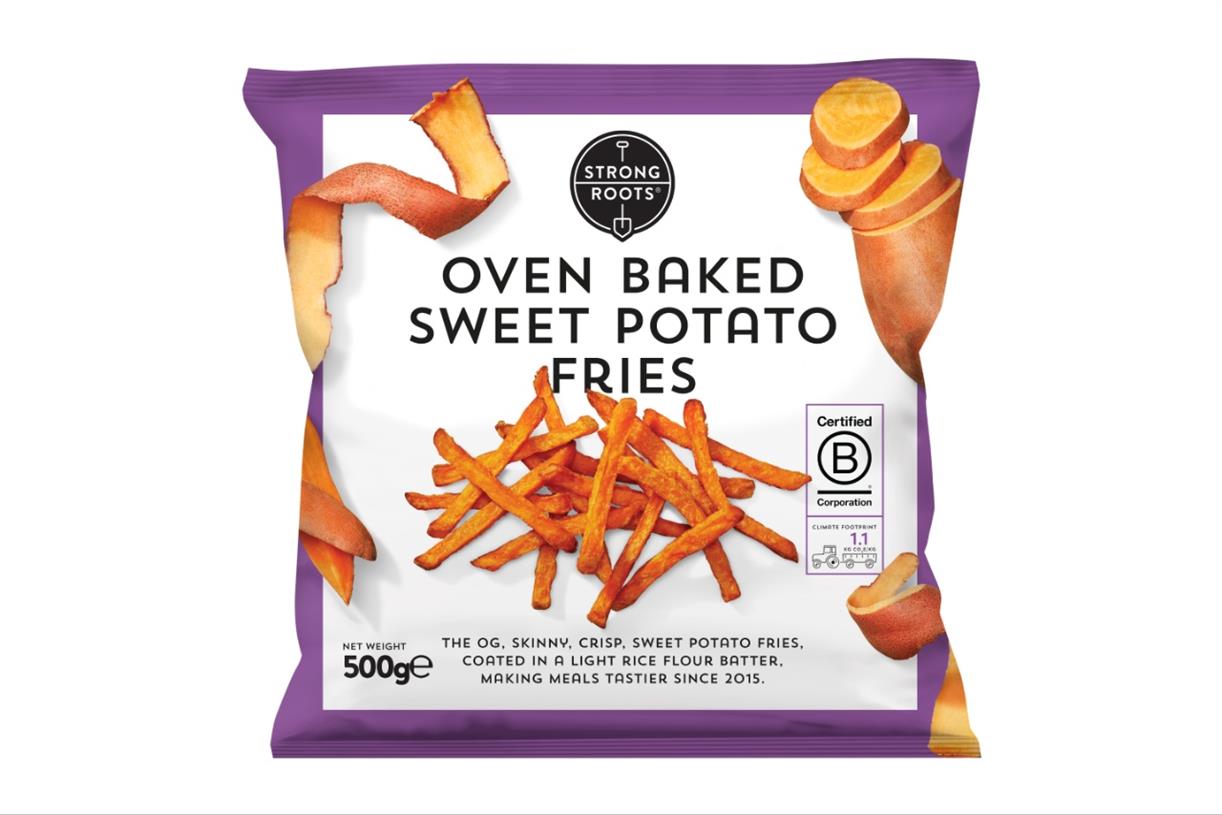All the Changes Worth Knowing About Before Filing Your 2022 Taxes
It’s time to start thinking about your taxes again. Tax year 2022 brings with it some pretty significant changes, especially t0 credits: Many pandemic relief credit increases are going away this year, and there are new electric vehicle credits...

Photo: GaudiLab (Shutterstock)
It’s time to start thinking about your taxes again. Tax year 2022 brings with it some pretty significant changes, especially t0 credits: Many pandemic relief credit increases are going away this year, and there are new electric vehicle credits to navigate, too. Here’s everything you need to know before filing.
The standard deduction is higher than last year
Changes to the standard deduction aren’t exactly breaking news, but knowing what to expect is still important. The standard deduction amounts are increasing from tax year 2021:
Single filers: $12,950 (up from $12,550 in 2021)Joint filers: $25,900 (up from $25,100 in 2021)Heads of household: $19,400 (up from $18,800 in 2021)You don’t have to worry about the $600 reporting threshold for Form 1099-K—yet
The American Rescue Plan Act (ARPA) of 2021 lowered the reporting threshold for business income paid via “third-party settlement organizations”—payment apps like Venmo, Cash App, and the like—from more than $20,000 and 200 total transactions to $600. This is a huge change, and understandably, everyone implicated proceeded to freak the fuck out. In response, the IRS walked back the new reporting threshold implementation and made 2022 a “transitional” year instead (emphasis added):
[F]or calendar year 2022, third party settlement organizations who issue Forms 1099-K, Payment Card and Third Party Network Transactions, are only required to report transactions where gross payments exceed $20,000 and there are more than 200 transactions.
If you conduct business over third-party payment apps, you should only receive a form 1099-K from those apps if you did more than $20,000 of business over more than 200 transactions. Otherwise, you’re set until next year. (And if you only use Venmo, Cash App, and other payment apps to split personal expenses like rent, utilities, restaurant checks, or gifts, you don’t have to worry about this form at all—it’s just for business income.)
Most income- and dependent-based tax credits are lower this year
The coronavirus pandemic is far from over, but the temporary tax benefits it inspired sure are. The maximum credit amounts for the Child Tax Credit (CTC), the Earned Income Tax Credit (EITC), and the Child and Dependent Care Credit (CDCC) are all significantly lower than they were for tax year 2021. Here are the new amounts:
CTC: $2,000 per dependent (down from $3,600 per dependent in 2021)EITC: $500 for eligible taxpayers with no children (down from $1,500 in 2021)CDCC: $2,100 maximum (down from $8,000 maximum in 2021)Not all dependent-based credits are going down this year, though. If you claim the EITC and have three or more children, you may get slightly more money than last year: The maximum credit amount is $6,935 for qualifying taxpayers who have three or more qualifying children (up from $6,728 for tax year 2021). (You can learn more about EITC eligibility rules and benefits in the IRS guide to the credit.)
G/O Media may get a commission

BOGO 50% Off
Flippr - BOGO 50% Off
Not your average broom
The Flippr makes traditional sweeping obsolete, with its two-in-one brush and roll functions.
Use the promo code BOGO50
No more above-the-line charitable deductions
In tax year 2021, filers could take both the standard deduction and an above-the-line deduction for charitable donations up to $600. This is no longer an option. If you still want to deduct your charitable donations on your 2022 return, you’re going to have to itemize.
There’s still no income limit for Premium Tax Credits
Due to the coronavirus pandemic, the income ceiling for healthcare premium tax credits (normally 400% of the federal poverty line) was eliminated for tax years 2021 and 2022. This means you may qualify for a credit on your taxes this year, even if you make more than 400% of the federal poverty line. In order to claim it, you must meet certain requirements and file Form 8962, Premium Tax Credit (PTC) with your return.
Changes to Clean Vehicle Tax Credit eligibility
The Inflation Reduction Act of 2022 provides up to $7,500 in tax credits for buying a qualified new electric car or light truck. Under IRS Code 30D, qualified cars and trucks must:
Have an external charging sourceHave a gross vehicle weight rating of less than 14,000 poundsBe made by a manufacturer that hasn’t sold more than 200,000 EVs in the U.S.There are also certain ownership requirements to meet. You must have taken possession of your car in 2022 and use it primarily in the US. You must also have bought the car for personal use only, not for resale. If you qualify for the credit and want to claim it, be sure to file Form 8936, Qualified Plug-in Electric Drive Motor Vehicle Credit (Including Qualified Two-Wheeled Plug-in Electric Vehicles) with your return. And if you need to talk with a real human at the IRS, here’s how.

 Lynk
Lynk 

































